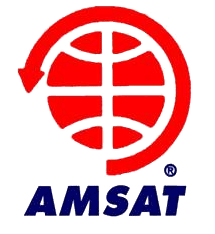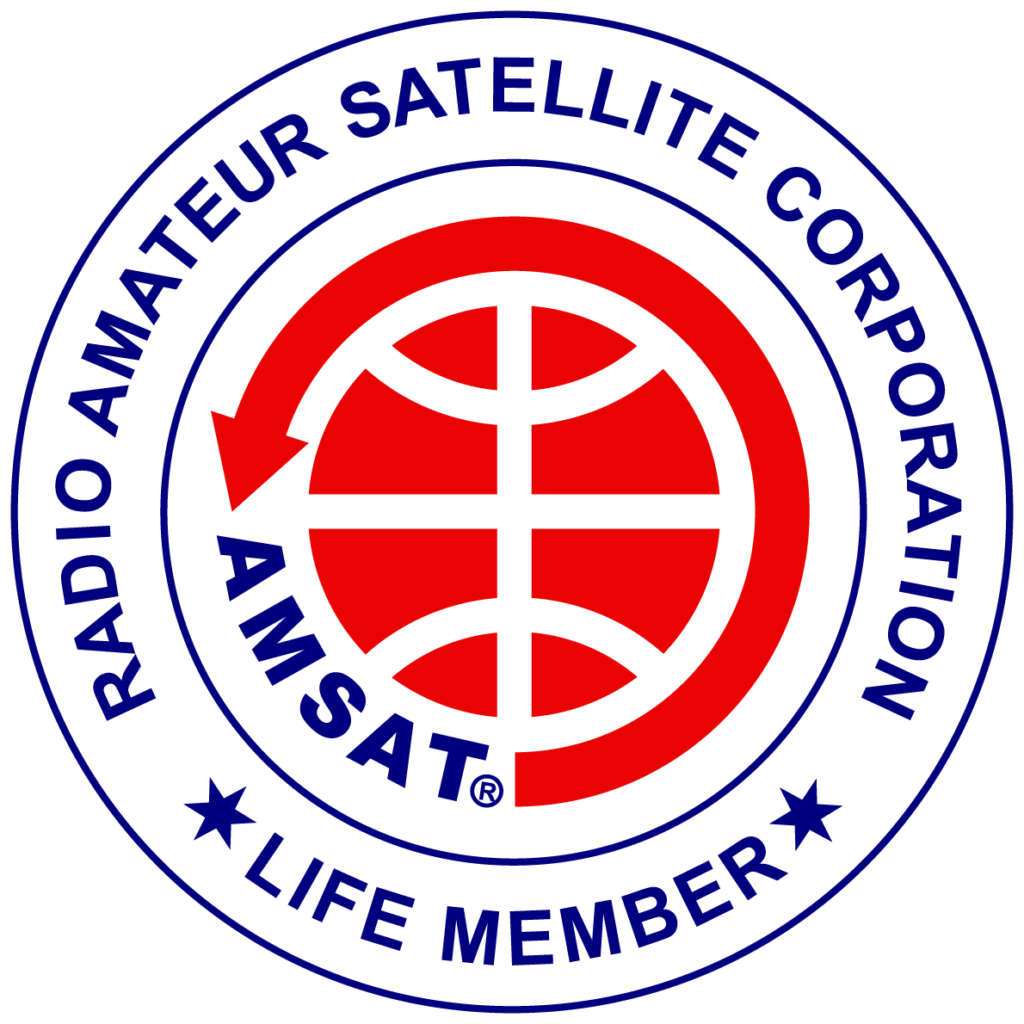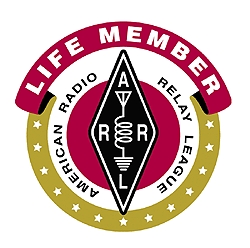During the July 31 test onboard the International Space Station, I was able to copy several telemetry frames as well as the voice announcement from a middle school in Texas (including the “secret” word).
On August 3, I anxiously viewed the live NAST-TV broadcast of EVA29, during which two Russian cosmonauts were to launch ARISSat-1 as the first task of the day. Watching them as the exited the hatch was frightening — not because of the fear of them falling off, but because they were smashing ARISSat-1 into various parts of the ISS. Listening to the audio feed, it became apparent that these two cosmonauts were bickering constantly and appeared to be in a pretty foul mood. Things went from bad to worse when mission control announced that the UHF antenna was not installed, had broken off, or was rolled up inside the protective cap. After some more arguing it was decided to stow the satellite until mission control could make a decision as to what to do.
The level of bickering really went off-scale at this point, with one of the cosmonauts saying something like “We should just toss the thing into space because it isn’t going to survive another EVA”. When mission control asked for the satellite to be strapped in place, the cosmonaut refused and said he was just going to allow it to smash around the air-dock on its tether.
At this point it appeared that the mission was going to scrub, so I turned off NASA-TV and shook my head at the apparent lack of emotional control on the part of the cosmonauts. Maybe they are trained differently, or maybe it is a cultural thing, but this was a different from anything I had ever heard coming from a NASA mission.
Much later that evening, I heard that ARISSat-1 had been “launched” at 1843 UTC (despite the antenna issue). I’ve asked for formal confirmation from AMSAT and ARISSAT, but so far nobody has confirmed the status of the UHF antenna. My suspicion is that it was placed in space “as is” with a broken/missing UHF antenna.
During two early morning passes today, I was able to copy eight frames of CW telemetry for passes around 10:49 UTC (MET 967 to 973) and 12:25 UTC (MET 1063-1066). I was able to hear the BPSK signal, but there were no signals to be copied from the transponder — making me very concerned about the status of the UHF uplink antenna.
My first post-launch frame was copied starting at 10:48:54 UTC: HI THIS IS ARISSAT1 RS01S KB3LKI PHI MET 967M IHU +27C CP +18C BAT 33.76V + 411MA RF 312MA
This was the last frame I copied this morning starting at 12:27:56 UTC: HI THIS IS ARISSAT1 RS01S JA2PKI PHI MET 1066M IHU +29C CP +17C BAT 34.32V +502MA RF 507MA
The frame consists of the satellite identification that ends in RS01S, followed by a callsign of one of the people involved with the program. PHI means the power is HI. MET is the Mission Elapsed Time since launch in minutes. This is followed by two temperatures (Internal Housekeeping Unit and Control Panel). The battery voltage is next, followed by current (+ means charging). You can also tell that the battery is charging by the increasing voltage between the two frames (99 minutes apart).








